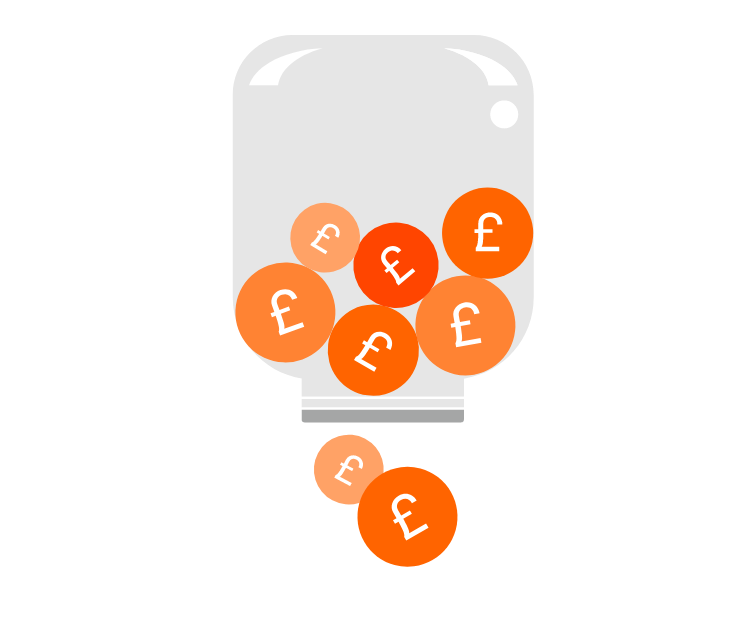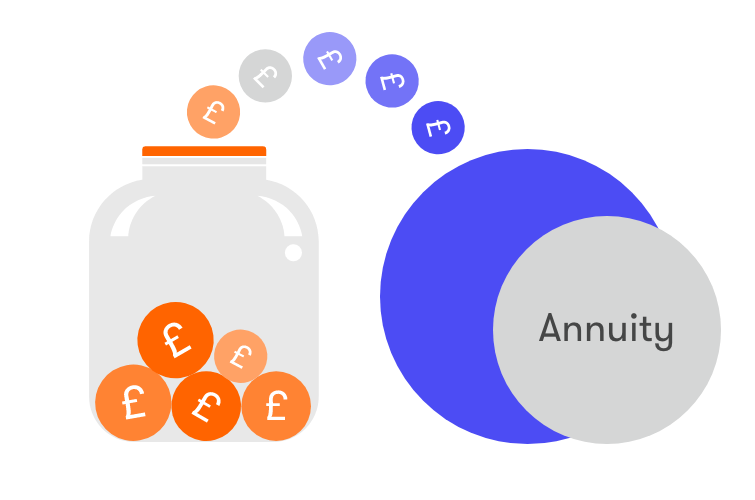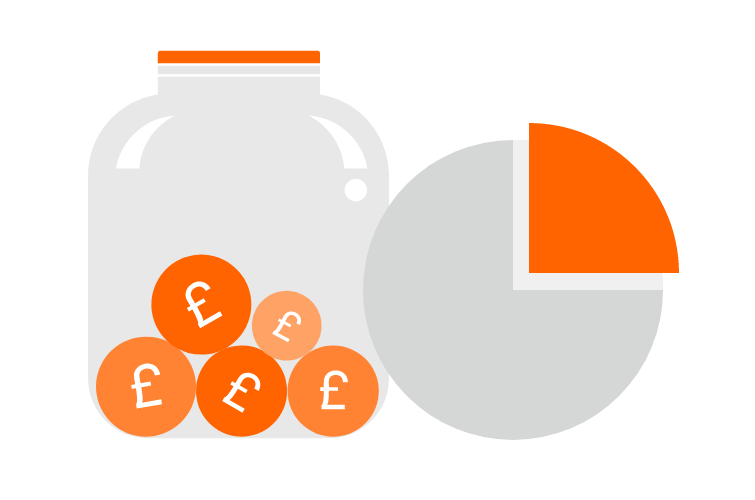Annuity
Get a guaranteed income in return for some or all of your pension pot.

Important information: The ii SIPP is for people who want to make their own decisions when investing for retirement. As investment values can go down as well as up, you may end up with a retirement fund that’s worth less than what you invested. Usually, you won’t be able to withdraw your money until age 55 (57 from 2028). Before transferring your pension, check if you’ll be charged any exit fees and make sure you don't lose any valuable benefits such as guaranteed annuity rates, lower protected pension age or matching employer contributions. If you’re unsure about opening a SIPP or transferring your pension(s), please speak to an authorised financial adviser.
Important information on pension withdrawals
Once a request to make a withdrawal from a pension has been made it cannot be cancelled. This means Tax Treatment & Pension Allowances changes cannot be reversed. If you are unsure do not request a withdrawal. We recommend speaking to an authorised financial advisor or seeking guidance from the Government’s Pensionwise Service.
What is an annuity and how does it work?
An annuity provides you with a guaranteed income in exchange for some or all of your pension pot. You can usually buy an annuity from age 55 (rising to 57 from 6 April 2028).
Annuities can either provide an income for life, or for a fixed period of time. The amount of money you can receive will vary depending on how much money you put in, annuity rates at the time, and your personal circumstances.
If you wish, you can have an annuity alongside another source of pension income, such as drawdown or UFPLS.

Annuity: a simple example
David has £400,000 in his pension. He chooses to take £100,000 out of his pension, leaving £300,000.
- He takes the first 25% (£25,000) as a tax-free lump sum.
- He decides to use the remaining £75,000 to buy an annuity, which pays him a regular taxable income.
- The rest of the pension stays invested. At a later date he could buy another annuity, or choose another option such as drawdown or UFPLS.

How to buy an annuity with your ii SIPP
We don't offer an annuity directly, but you can take money from your ii SIPP to buy one. Once you have chosen an annuity provider, you can request to transfer all or some of your SIPP to the annuity provider by completing a ‘SIPP Transfer out form.’

Learn more about annuities
How are annuities taxed?
When you take money from your pension to buy an annuity, you can take 25% of that amount as a tax-free lump sum (subject to a maximum of £268,275). You can use the remaining amount to buy an annuity. Annuity income is subject to income tax when you receive it:
- If you have no income from any other sources, the first £12,570 is tax-free.
- 20% on income between £12,570 and £50,270.
- 40% on income between £50,270 to £125,140.
- 45% on income above £125,140.
Important: Month 1 tax
When you first take a taxable income, you may be assigned a 'Month 1' emergency tax code. This could result in a tax overpayment in the first month. If so, you can claim this back from HMRC.
How can Pension Wise help?
If you have a defined contribution pension scheme and are 50 or over, then you can access free, impartial guidance on your pension options by booking a face to face or telephone appointment with Pension Wise, a service from MoneyHelper.
If you are under 50, you can still access free, impartial help and information about your pensions from MoneyHelper.

What are the alternatives to annuities?
Drawdown
Take up to 25% of your pension tax-free (subject to a maximum of £268,275), and set up regular or one-off income payments for the rest. Learn more
Lump sums (UFPLS)
A flexible way to take your pension income, as and when you need it. Learn more